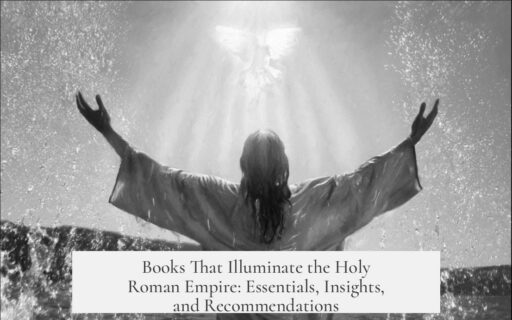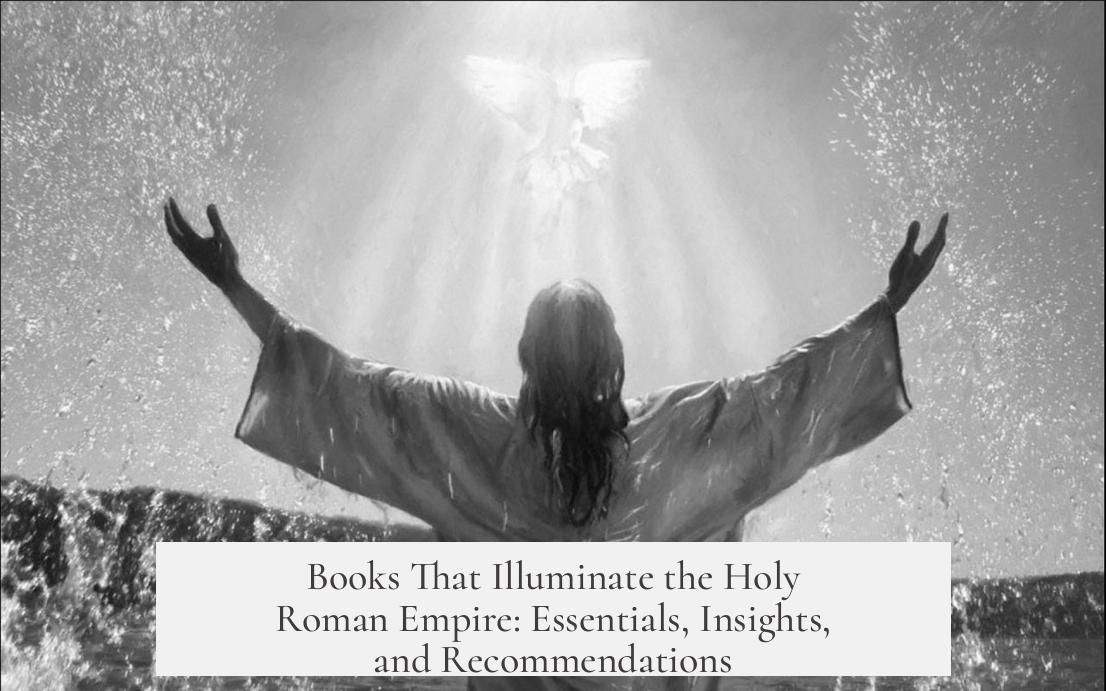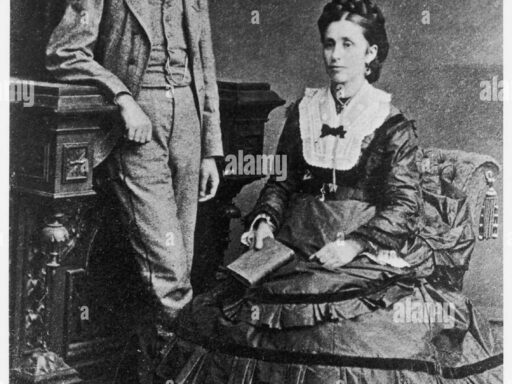Books on the Holy Roman Empire provide detailed explorations covering its complex history, political structure, and cultural transformations. Key works offer comprehensive overviews, academic insights, and thematic studies focused on important periods such as the Reformation and the Thirty Years’ War.
Joachim Whaley’s Germany and the Holy Roman Empire stands out as the best comprehensive study. Available in two volumes or an abridged edition, it traces the empire’s evolution from Maximilian I’s reign to its dissolution in 1806. Whaley’s work is detailed, scholarly, and offers rich contextual analysis.
For a more concise alternative, Peter H. Wilson’s The Holy Roman Empire 1495–1806 covers the late medieval to early modern period effectively, blending political, social, and institutional history without overwhelming detail.
Academic readers can turn to Benjamin Arnold, whose works like German Knighthood and Princes and Territories in Medieval Germany offer in-depth, rigorous studies on specific elements of the empire’s nobility and territorial structure. These books demand careful reading but provide valuable insights for specialists.
The New Cambridge Medieval History series is an excellent resource for accessing broader medieval contexts, vital for understanding the empire’s early development alongside European history.
For perspectives emphasizing religious influence and political change, Thomas Brady’s German Histories in the Age of Reformations, 1400–1650 focuses on the Reformation’s impact within the Holy Roman Empire. It highlights how shifting religious landscapes intertwined with imperial governance.
The Thirty Years’ War shaped much of the empire’s trajectory in the 17th century. Peter Wilson’s Europe’s Tragedy: The Thirty Years War offers a masterful, focused account of this conflict. It explores imperial politics, regional dynamics, and the war’s devastating consequences, making the book essential for understanding this period.
Additional sources, including summarized insights from publications like the Economist, suggest further reading options but often require follow-up research due to their brevity or secondary nature.
| Book | Focus | Notes |
|---|---|---|
| Germany and the Holy Roman Empire (Whaley) | Comprehensive history | Two volumes or abridged edition |
| The Holy Roman Empire 1495-1806 (Wilson) | Late medieval-early modern | Concise overview |
| German Knighthood & Princes and Territories (Arnold) | Medieval nobility and territories | Academic, specialized |
| German Histories in the Age of Reformations (Brady) | Religious and political changes | Reformation-focused |
| Europe’s Tragedy: The Thirty Years War (Wilson) | Thirty Years War | Detailed military and political analysis |
- Whaley’s work is the most comprehensive for all periods of the Empire.
- Wilson provides accessible yet detailed accounts of later periods and war history.
- Arnold’s texts suit academic and specialized interests.
- Brady’s book integrates religious reforms with imperial history.
- Studies on the Thirty Years’ War illuminate significant HRE political dynamics.
Exploring the Holy Roman Empire Through Books: A Journey Beyond Confusion
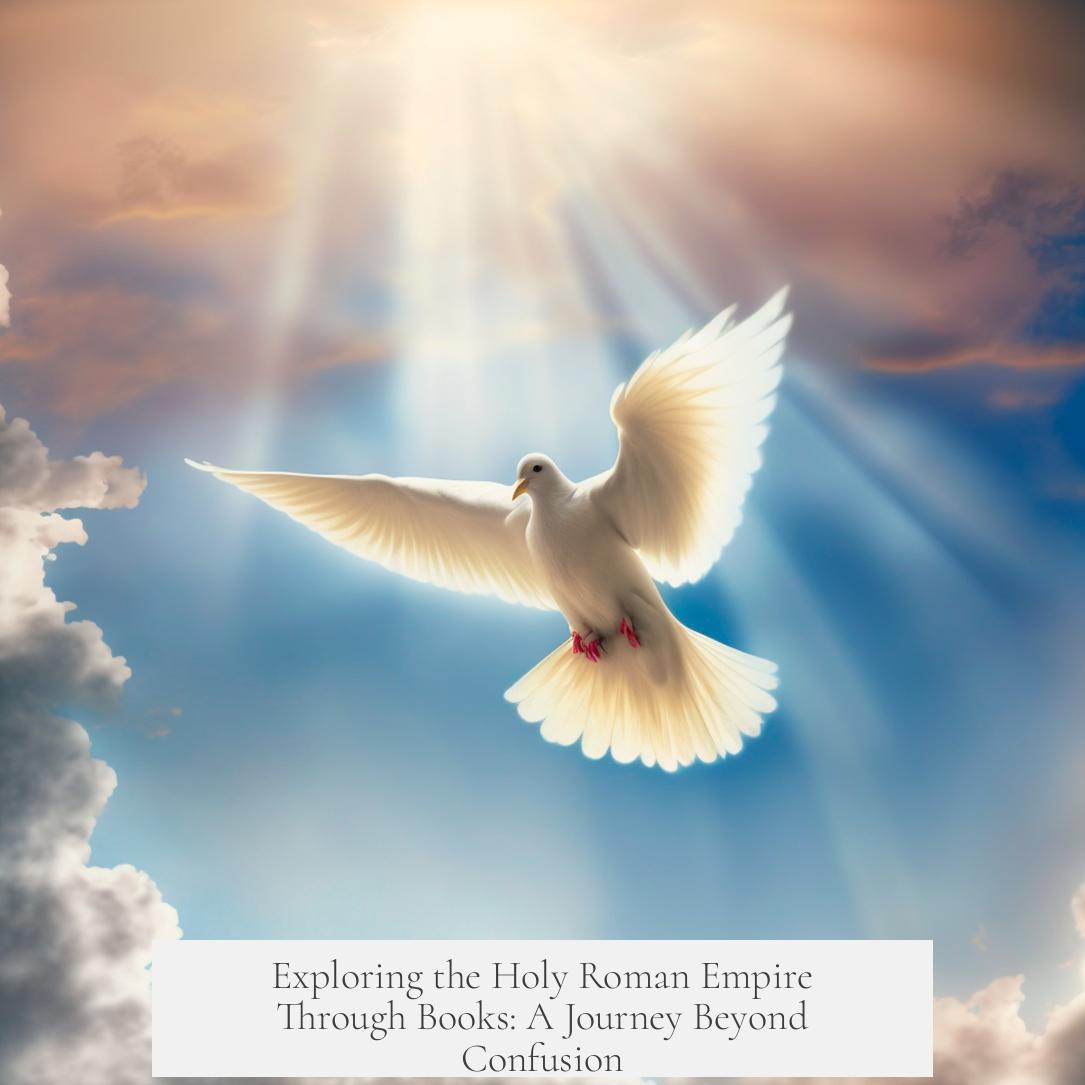
Wondering which Book(s) on Holy Roman Empire to pick for your next deep dive? Look no further, because we’re unpacking a curated list of the top scholarly and accessible reads that reveal this complex, often-misunderstood entity in European history.
The Holy Roman Empire isn’t just some dusty medieval relic; it’s a sprawling, centuries-long saga filled with political intrigue, wars, religion, and shifting power dynamics. Good books are the key to making sense of it all, so let’s jump into some tried-and-true sources that will keep you turning pages and scratching your head—in a good way.
The Essential Starter: Whaley and Wilson
First off, Joachim Whaley’s Germany and the Holy Roman Empire stands out as the ultimate go-to comprehensive work. It’s no light read, split into two hefty volumes, or available as a pared-down edition. This book kicks off from the reign of Maximilian I and barrels through all the twists and turns until the Empire’s dissolution.
What’s so great here? Whaley digs into the intricacies of governance, law, and cultural shifts with precision. It’s the perfect combo of dense and engaging—ideal for anyone wanting an in-depth portrait. If you prefer something more concise but equally insightful, Peter H. Wilson’s The Holy Roman Empire 1495-1806 is a solid alternative. Wilson trims the excess but keeps the heart and scholarly edge intact.
Why do these books matter? The Empire was a patchwork of thousands of territories, ruled under a fragile emperor figurehead. Without these detailed texts, it’s like trying to finish a jigsaw puzzle with most pieces missing.
Digging Deeper: Academic Rigor With Arnold and Cambridge
If you’re a historian-in-training or just craving the academic perspective, Benjamin Arnold has some heavy-hitters. His studies, like German Knighthood and Princes and Territories in Medieval Germany, get tough but deliver scholarly gold.
Unlike casual overviews, Arnold’s work lets you peer through the fog at how local politics, noble families, and military orders shaped German lands. It’s dense, yes, but rewarding for those who want substance.
For a more expansive medieval perspective, the New Cambridge Medieval History series is another treasure trove. It presents the Holy Roman Empire within the broader European Middle Ages context, offering background that many single books miss.
The Reformation Lens: A Chaotic Yet Fascinating Turn
How did the religious upheaval impact the Empire? Enter Thomas Brady’s German Histories in the Age of Reformations, 1400-1650. This book isn’t just about theological debates; it ties those religious shifts tightly to the Empire’s political structure.
Brady leads readers through a turbulent period when princes and cities wrestled with new Protestant ideas, which forever altered imperial unity. If you’ve ever wondered how faith and power tangled so dramatically, this is your book.
The Thirty Years’ War: The Empire’s Ultimate Test
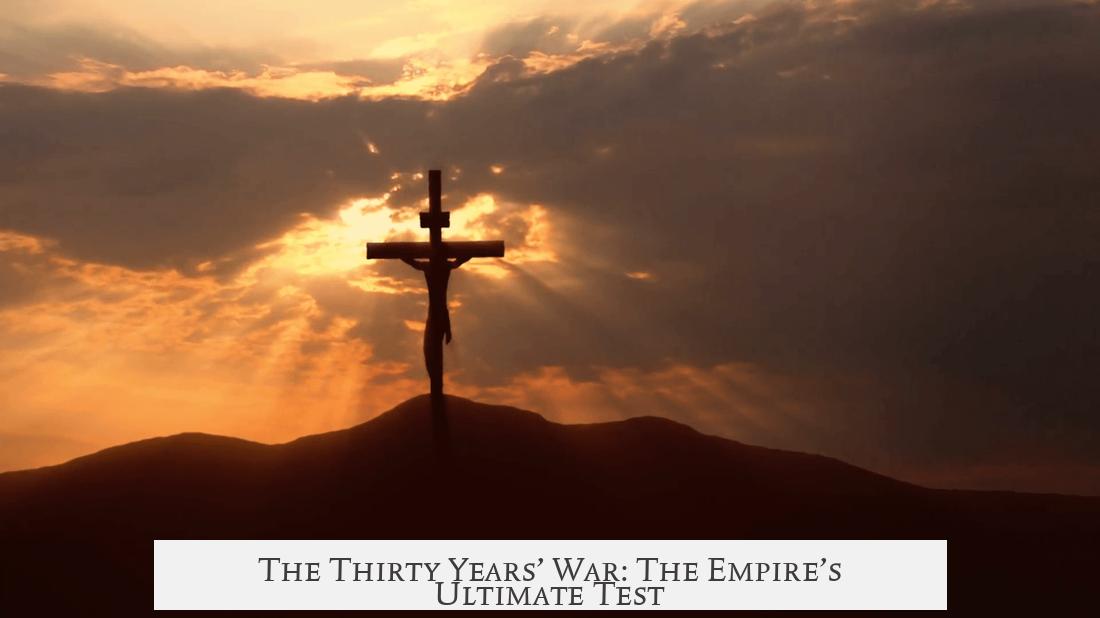
Speaking of tumultuous times, the Thirty Years’ War arguably marks the Holy Roman Empire’s most chaotic and pivotal era. For a thorough understanding, Peter Wilson’s Europe’s Tragedy: The Thirty Years War is a masterclass.
This tome isn’t light bedtime reading; it’s long and detailed. But Wilson paints a vivid picture of how imperial politics, religion, and foreign powers clashed over three decades of brutality. Reading it, you realize the HRE’s delicate system was stretched to breaking point.
Why’s this phase so crucial? It showcases how the loose confederation struggled with internal dissent and external threats, setting the stage for modern Europe.
Why Consult Multiple Books?
With so many angles—political, religious, social—no single book fully captures the Holy Roman Empire’s complexity. Whaley and Wilson give you broad strokes, Arnold and Cambridge add layers of detail, Brady zooms in on religious upheaval, and Wilson again covers the hard-hitting military crisis.
Plus, keep an eye on relevant articles, like some hailing from The Economist, which sometimes highlight fresh takes or new research. Heck, even if you haven’t dug into them yet, referencing them can guide future reading hunts.
Practical Tips for Reading About the Holy Roman Empire
- Start with a broad overview. Maybe pick the abridged Whaley or Wilson books.
- Dip into specialized academic books if you love history’s finer points or need detailed facts.
- Don’t avoid the long reads. Wilson’s account of the Thirty Years’ War is worth the patient effort.
- Use external resources. Maps, timelines, and even documentaries can help visualize the Empire’s sprawling complexity.
- Engage with the stories. Think about the human drama behind noble politics, religious conflicts, and shifting alliances.
So next time you hear “Holy Roman Empire,” remember it’s not “holy,” not “Roman” in the usual sense, and not quite an “empire” either. But—and here’s the kicker—the stories about it are endlessly fascinating. Armed with these books, you’re ready to understand why.
What’s Your Favorite Holy Roman Empire Book?
Have you read any of these? Or found another gem exploring the Empire’s maze of history? Share your favorites and discoveries. After all, storytelling keeps history alive—and the Holy Roman Empire’s story deserves that spotlight.
What are the best comprehensive books on the Holy Roman Empire?
Joachim Whaley’s Germany and the Holy Roman Empire is highly recommended. It covers from Maximilian I’s reign to the empire’s end. Peter H. Wilson’s The Holy Roman Empire 1495-1806 is a shorter but solid alternative.
Which books offer deeper academic analysis of the Holy Roman Empire?
Benjamin Arnold’s German Knighthood and Princes and Territories in Medieval Germany provide detailed academic studies. The New Cambridge Medieval History is also valuable if accessible.
Are there books that focus on the Reformation within the Holy Roman Empire?
Thomas Brady’s German Histories in the Age of Reformations, 1400-1650 offers insight into the Reformation period and its relation to the empire’s structure.
Which book covers the Thirty Years’ War and its impact on the Holy Roman Empire?
Peter Wilson’s Europe’s Tragedy: The Thirty Years War is a detailed and lengthy study focusing on the political dynamics within the empire leading up to the war.
Where can I find additional sources about the Holy Roman Empire?
Some articles, like one from The Economist, cite useful sources worth exploring for further reading, though specific titles are not always listed.
